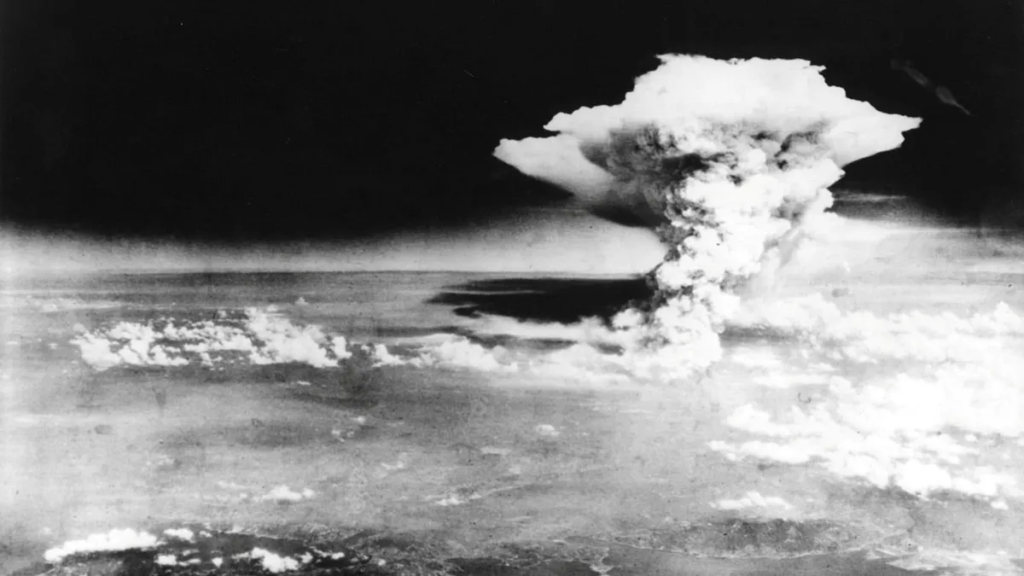
In three previous Youth Fusion articles we discussed the important connections between nuclear disarmament, human rights issues, and the SDGs. In this article, I will continue with the series but this time focusing on climate change. You must have heard of global warming and how it is threatening humanity? Well, nuclear weapons are even more dangerous to everything on the globe, especially regarding our climate and global food supplies.
As the nine nuclear powers refuse to give up their nuclear weapons, disarmament communities around the world ares searching for alternative solutions such as the no-first-use policy in which a country promises not to use its arsenals unless it is responding to a confirmed nuclear attack.Certain countries have adopted this policy, such as China and India. This can decrease the possibility of nuclear war but does not eliminate the risk of it happening entirely.
Furthermore, when the United States dropped a nuclear bomb on Hiroshima in 1945, according to the investigative report that was released in 1946 by the Manhattan Engineer District, whoever survived, humans as well as animals, had radiation poisoning within their bodies or severe injuries. In addition, when the operator error happened in the nuclear facility of Chernobyl in 1986, it caused contamination to million acres within Ukraine, and in other European countries as reported by J. Wargo, author of “Green Intelligence” they noticed the high radiation levels in their planted goods and the milk it was all caused due to radioactive fallout to the air.
According to studies held by American professors, if a nuclear war happens, the temperature will rise, and most countries will not be able to grow crops for a long period. This would start a worldwide hunger strike. And as Alan Robock, the co-author of the study, told The Guardian: “Nuclear weapons are the greatest environmental danger to the planet from humans, not global warming or ozone depletion.” Not to mention the smoke generated from the bombs, which is able to block sunlight, putting the world in complete darkness causing drastic changes in the temperature. Scientists call this nuclear winter. The bigger question is: how long might these effects last? The answer stays unknown and I hope it will always be like this.
On the other hand, climate change can increase the risk of armed violence. A study in 2019 shows that estimated climate change has influenced between 3% and 20% of armed conflict risk over the past century. In a speech to the UN Security Council, Secretary-General António Guterres called climate change a “crisis multiplier”, wherein countries that are experiencing drought or displaced communities find that the risk of conflict is increased, such conflicts had happened before due to climate change.
In conclusion, the relationship between climate change and war is a positive correlation: climate change fuels war and war fuels climate change, including the devastating possibility of nuclear weapons use in war or the risk of accidental nuclear weapons detonations. This means that by being active and fighting for any one of the global challenges, be it climate change, human rights or the SDGs, you are fighting for all of the causes at once. I hope you found this article informative and thank you for your time.
Author: Sajidah Masoud